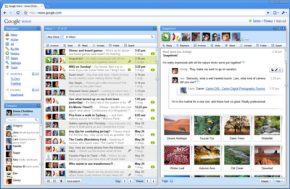Tonight iPhone Application – Mustard’s review
Tonight is a new iOS application that has just hit the Apple store. We’ve had our hands on it and love the concept of sharing your plans with your friends, people in the neighbourhood or to the entire world. Its a location based application that allows you to key in your daily plans (in particular, for the night only) and share them with your friends who are around the area.
The application’s interface is user friendly and the features are easy to understand. The error pop ups are engaging and may instigate a laugh or two. NIce work there mate!
Here is a video taken from Tonight’s website that introduces the application concept to you:
YET, WHERE THERE IS A YIN, THERE IS A YANG. – AREAS OF CONCERN:
- One Way of Signing up: There is only one way of signing up i.e. through your Facebook account. This might deter some from signing up to the application. There are many out there who do not want to associate everything with their Facebook account in order to avoid unnecessary junk on the wall. In addition, we know Facebook is big and you’re considered someone from Mars if you don’t have a Facebook account, yet there are still many out there that do not use Facebook or have deactivated their accounts for whatsoever reason. This application doesn’t cater to such people, making it rather unfriendly.
- Privacy Concerns: We feel the application will have a lot of negative views from people who do not want to share their private life with the world or even their friends. In our lives, like it or not, but we do have people we’d want to avoid, yet due to peer pressure, list them as friends on Facebook. Shouting out our nightly plans may not be an issue when you have few friends using the application and following you, yet would not be appropriate when you have hundreds.
- Like the concept, but nothing new in terms of features: We’ve got Foursquare or Facebook checkin’s that can serve the exact purpose of letting your friends know what you are doing in the night. The only advantage for using Tonight over the other two is that we are more likely to shout out our plans in advance to a niche circle. You might want to consider adding in few other features such as perhaps prescheduling a checkin with an integrated map that allows your friends to see exactly where you’d be at what time?
Mustard wishes you all the best and hopes to see some cool features being updated in the app soon!





